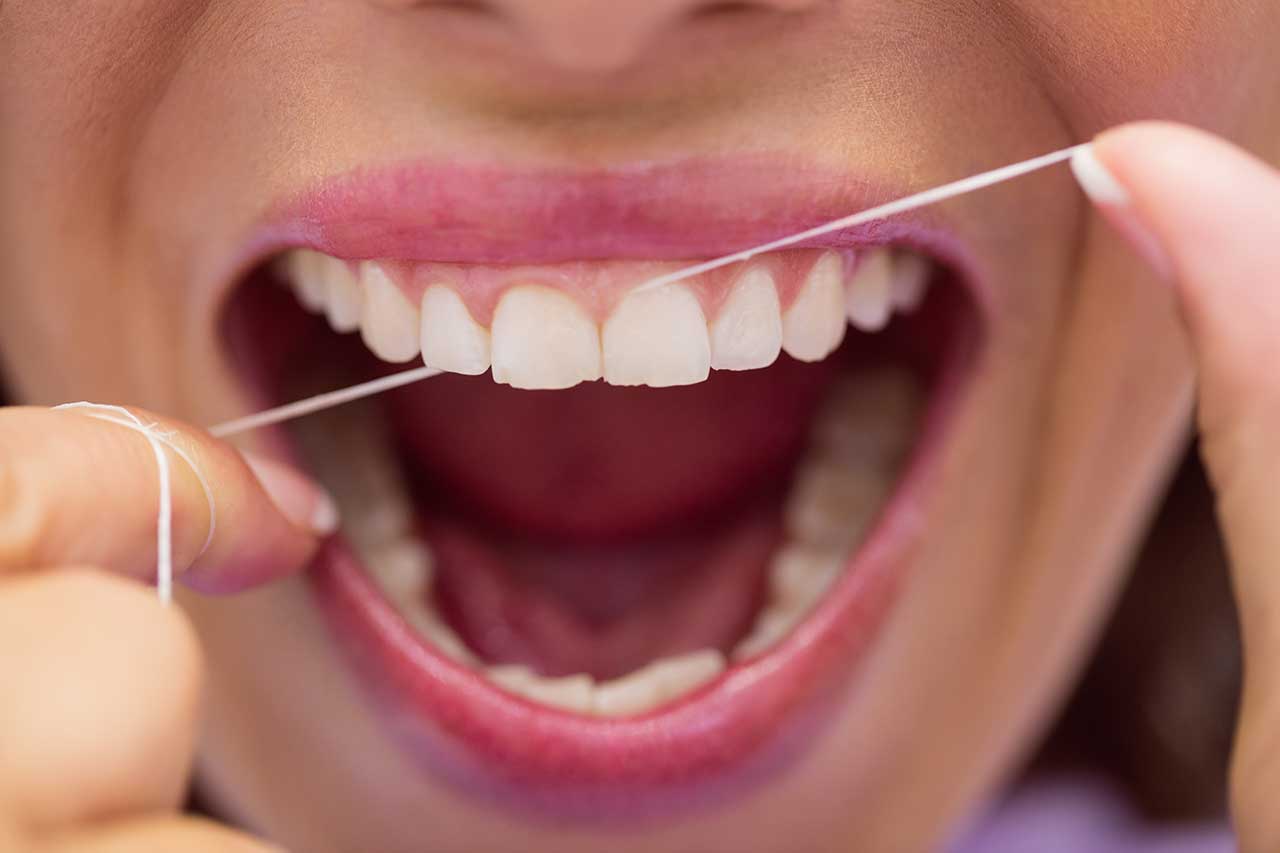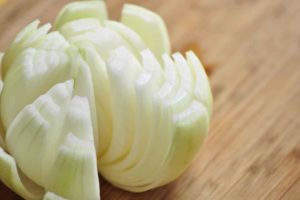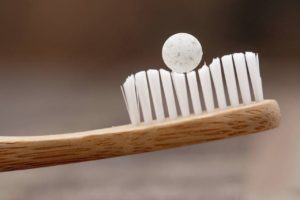When it comes to maintaining the health of teeth and gums, there’s no way around flossing. But with this type of cleaning, you can also do a lot wrong.
The purpose and use of dental floss are almost self-explanatory: the floss goes where the toothbrush has to give up, namely in the spaces between the teeth. It thus ensures perfect hygiene for teeth and gums. And that’s what’s needed, because these so-called interdental spaces make up about 30 percent of our dental surface and also provide the ideal hiding place for bacteria and plaque that can cause discoloration, bad breath, or worse, tooth decay and periodontal disease. Flossing can eliminate these problems and dangers – but it all comes down to proper use.
Which Floss Should I Use?
According to the experts, there is little that can be done wrong, at least on this point. Whether unwaxed or waxed floss, both types have their advantages and disadvantages. Unwaxed floss offers a grippier surface that frays slightly during use, which ensures more thorough cleaning. Waxed floss, on the other hand, glides better and is easier to guide – but you should invest a little more time cleaning with it.
How Do You Floss Properly?
Proper use begins with proper “threading.” The entire piece of floss should measure about 50 centimeters. It is best to wrap the ends around the middle or ring fingers of your hands – this is not mandatory, but it provides a secure guide – so that the application area guided with the thumb tips is about ten centimeters long.
Now stretch this piece of thread and carefully insert it between your teeth. Then, this is important, form a slight crease and gently move the silk up and down – and not sideways back and forth! Another mistake that is made here again and again is that the gums can be injured if the up and down movements are too violent – so be careful!
Repeat this method as often as necessary. But there is also an important point to keep in mind: Between each new interdental space cleaning, you need to wind the floss a little further, so that you always work with a fresh, unused piece. It is not advisable to use dental floss more than once.
When Should I Floss?
There are two aspects to this question. First of all, should I floss before or after brushing my teeth? In principle, it is better to floss before brushing, because the residue released from the interdental spaces is then completely removed and discharged by the toothbrush. However, if you prefer to “floss” afterwards, you should finish with a thorough mouthwash.
Here’s the best floss that money can buy.













